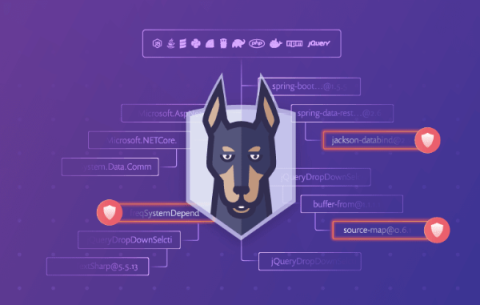CyRC Vulnerability Advisory: CVE-2023-7060 Missing Security Control in Zephyr OS IP Packet Handling
The Synopsys Cybersecurity Research Center (CyRC) has identified problems in Zephyr OS related to protecting against internet protocol (IP) address spoofing attacks. Zephyr OS is a popular real-time operating system used in connected, resource-constrained systems like Internet of Things and embedded devices. It is highly customizable and supports multiple architectures, systems-on-a-chip, and boards, making it useful for a wide range of applications.











